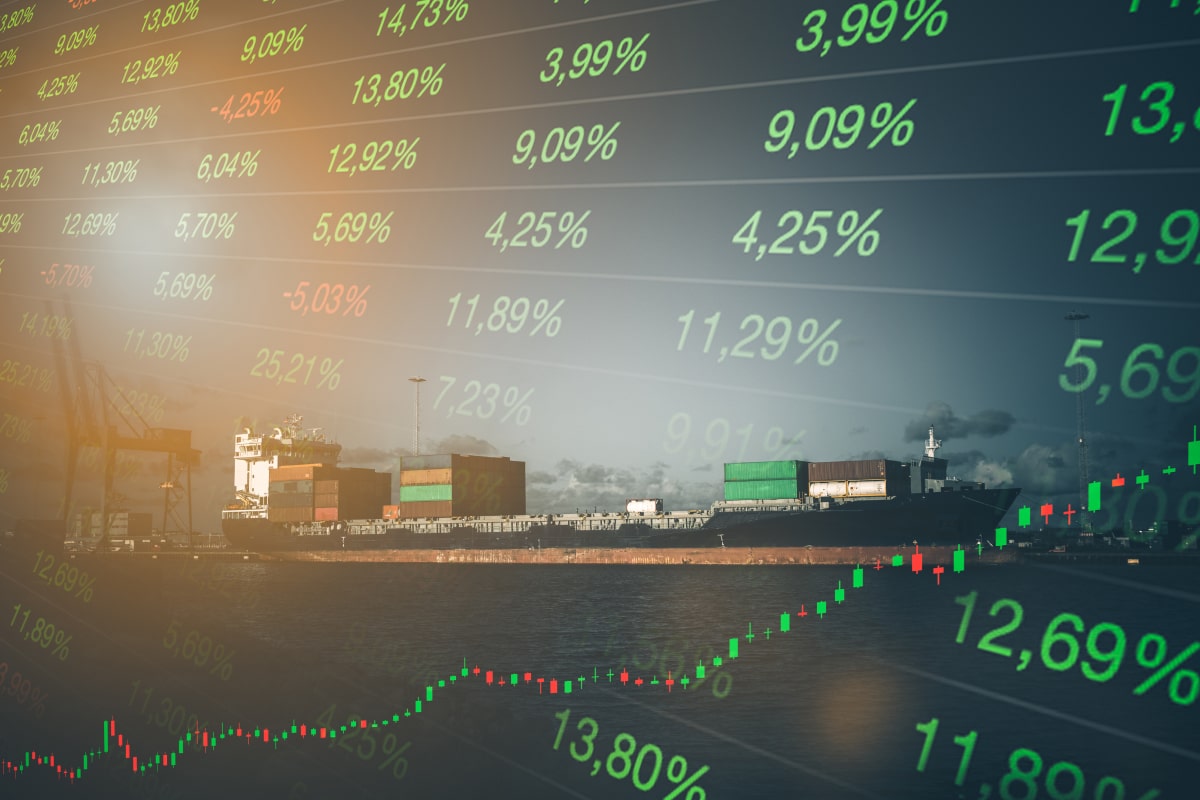Emerging markets have staged a notable rebound in recent weeks, driven largely by strengthening commodity prices and improving global economic sentiment. After a prolonged period of underperformance amid concerns over inflation, geopolitical tensions, and monetary tightening, investors are returning to emerging economies with renewed optimism. This resurgence underscores the significant influence commodity cycles wield over these markets and highlights the intricate interdependence of global trade, investment flows, and economic policies.
Commodity Prices Lead the Charge
The recovery in emerging markets is closely tied to a surge in key commodity prices, including oil, metals, and agricultural products. Rising demand from major consumers, coupled with supply constraints and production discipline among commodity exporters, has pushed prices higher. Oil prices, for instance, have climbed steadily following OPEC+ decisions to extend production cuts. This move has bolstered revenues for energy-exporting countries in Latin America, Africa, and the Middle East. Higher oil prices support government budgets and corporate profits, which in turn bolster economic growth and investor confidence. Similarly, industrial metals such as copper, aluminum, and nickel have benefited from increased global industrial activity and infrastructure spending, particularly in Asia. China’s ongoing urbanization and green energy investments continue to drive demand, strengthening metal prices and positively impacting exporting countries. Agricultural commodities, including soybeans and wheat, have also seen price gains due to weather-related supply disruptions and growing global food demand. These price trends enhance export earnings for key agricultural producers across emerging markets.
Improving Economic Fundamentals
Beyond commodity strength, many emerging economies have demonstrated resilience through structural reforms and policy adjustments. Governments have taken steps to improve fiscal management, streamline regulations, and attract foreign direct investment, creating more favorable business environments. In Asia, export-driven economies are benefiting from resilient global demand and expanding domestic consumption, supported by rising wages and urban middle-class growth. Latin
American nations are increasingly focused on diversifying their economies and enhancing trade ties beyond traditional partners. Central banks across emerging markets have started to ease monetary policies after a prolonged cycle of rate hikes. This easing reflects a gradual moderation in inflation pressures and provides a tailwind for credit expansion, which supports consumer spending and business investment.
Investor Sentiment and Capital Flows
Investor sentiment toward emerging markets has improved markedly, reflected in increased capital inflows into equities and bonds. Global portfolio managers are seeking higher returns and growth opportunities, shifting allocations away from more mature developed markets. This renewed appetite is most pronounced in countries with sound governance frameworks, diversified economies, and political stability. These factors help mitigate risks and attract long-term investment. Conversely, nations grappling with political uncertainty or structural weaknesses continue to face headwinds, with investors remaining cautious. Capital flows into emerging markets have also been supported by declining volatility in global markets and improving risk sentiment, although periodic bouts of risk aversion still affect flows.
Risks and Challenges Ahead
Despite the positive momentum, emerging markets face several significant risks that could
temper their recovery:
- Global Growth Uncertainty: Slowdowns in major economies, particularly China and the U.S., could reduce demand for commodities and dampen export growth.
- Monetary Policy Volatility: Unexpected shifts in global interest rates, especially in the U.S., could trigger capital outflows and pressure local currencies.
- Geopolitical Tensions: Ongoing conflicts and trade disputes continue to pose risks to supply chains and investor confidence.
- Commodity Price Fluctuations: A sudden drop in commodity prices could strain fiscal balances and economic growth prospects in commodity-dependent countries.
- Debt Levels and External Vulnerabilities: High external debt in some emerging markets raises concerns about debt sustainability, especially if borrowing costs rise.
Outlook
Looking ahead, emerging markets are well positioned to benefit from ongoing commodity strength and improving economic fundamentals, but investors should remain vigilant to external shocks and domestic challenges. Diversification across countries and sectors, combined with active risk management strategies, will be essential to navigate the evolving landscape. Continued policy reforms, infrastructure investments, and integration into global supply chains offer opportunities for sustained growth. However, the trajectory will largely depend on the interplay between global economic conditions and domestic governance.
Summary
Emerging markets’ recent rebound reflects the powerful influence of commodity cycles and improved economic policies. While challenges remain, positive momentum driven by higher commodity prices and structural reforms is attracting renewed investor interest, setting the stage for potential sustained growth.






